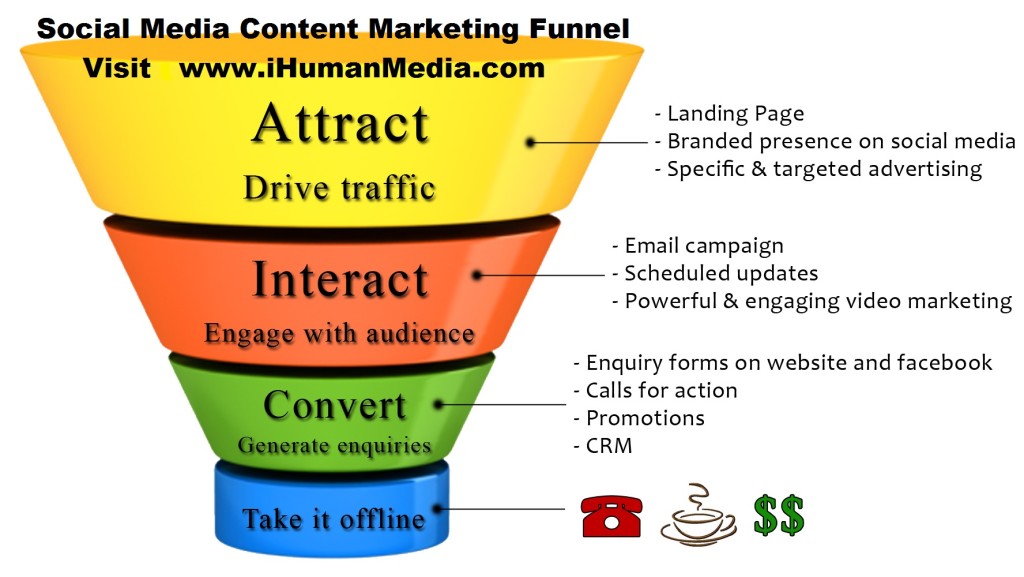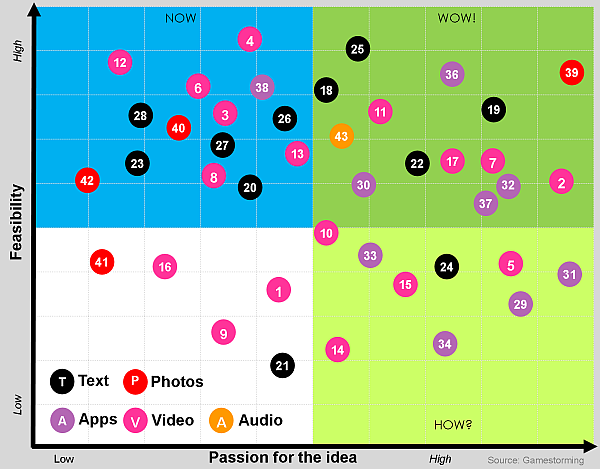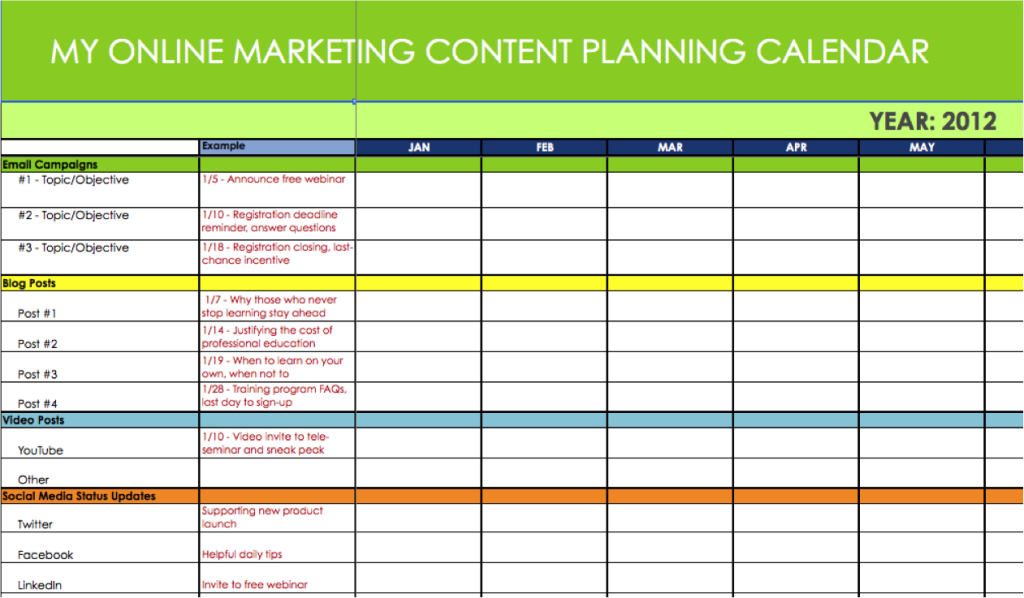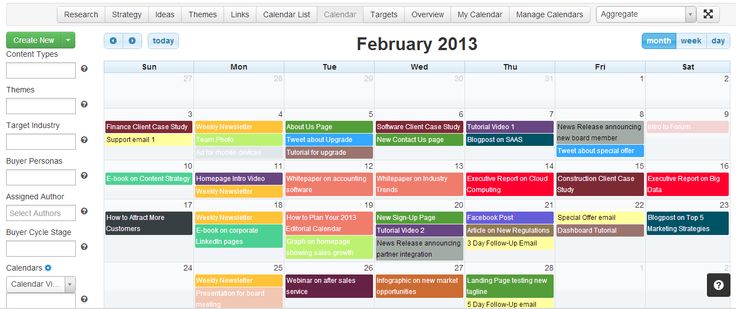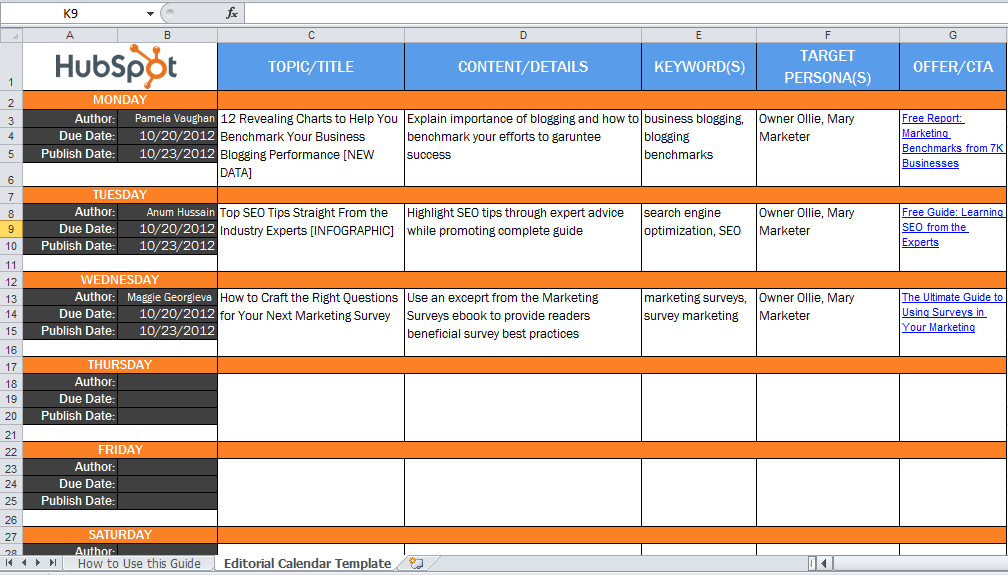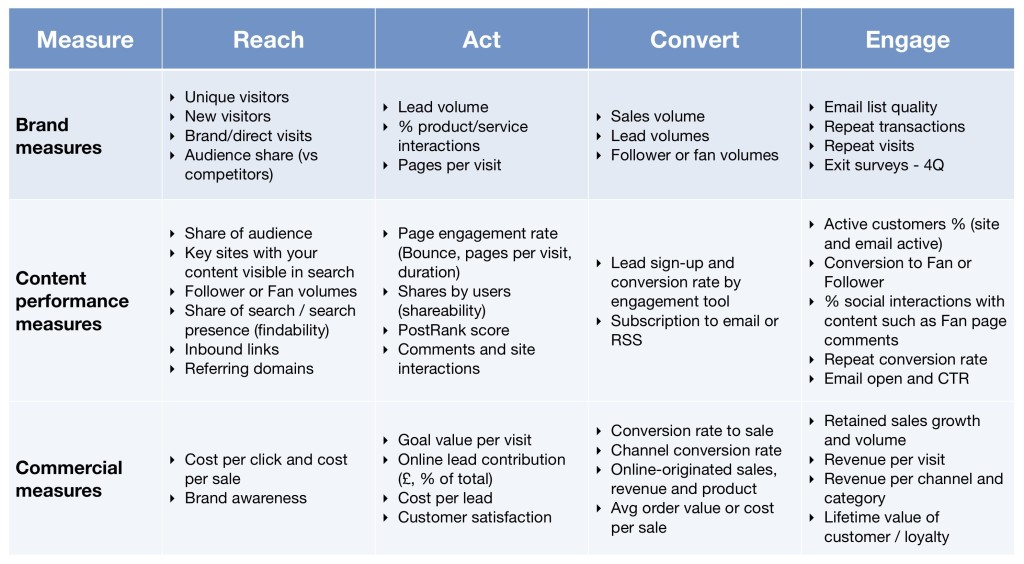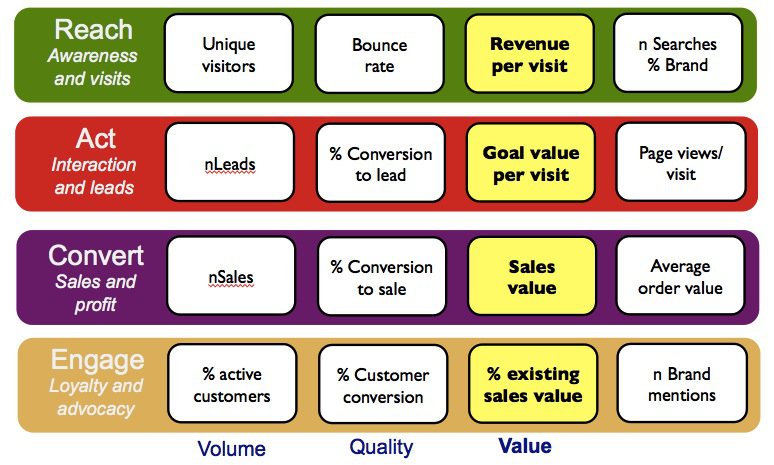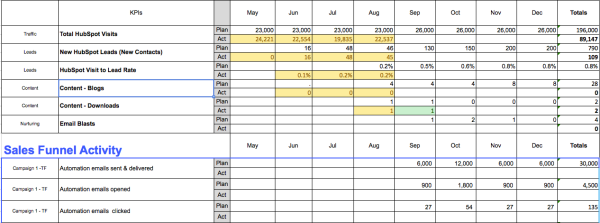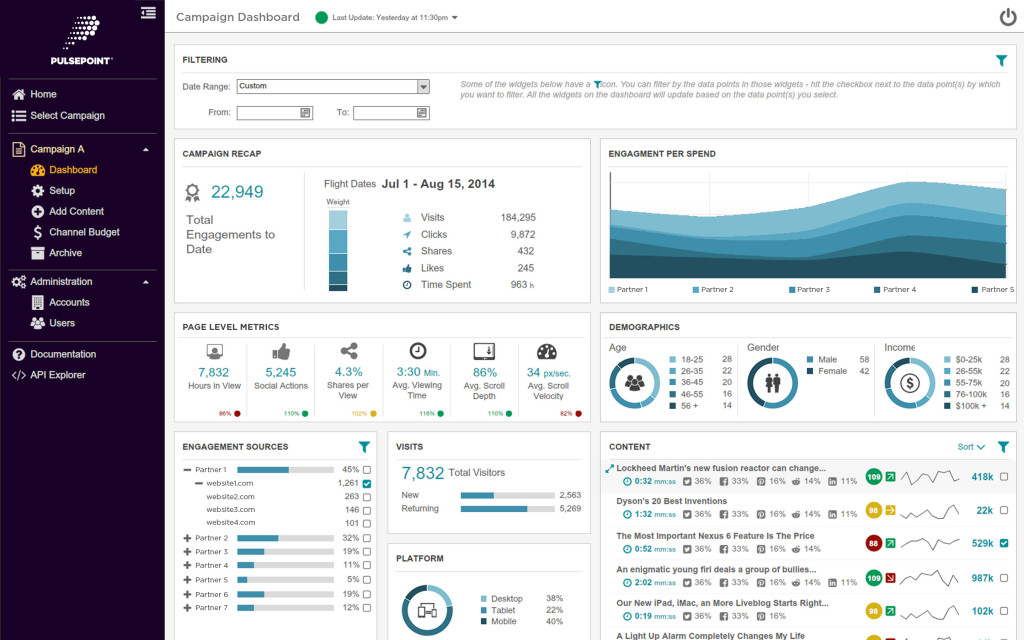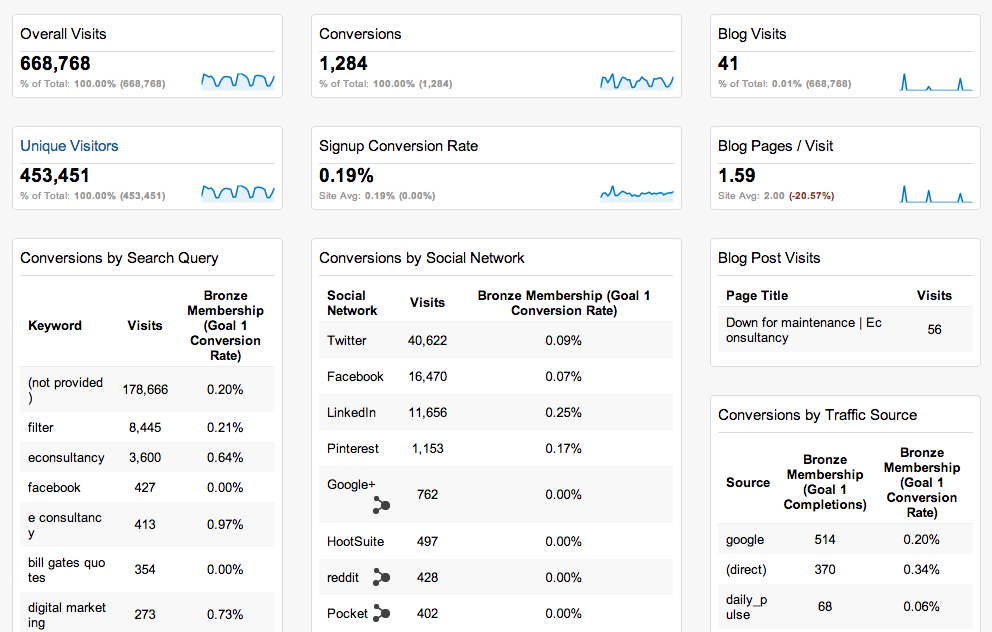What are the online tools available to jumpstart your content marketing? How can these tools help to improve your content marketing efforts?
To help you to sharpen your content marketing game, I have decided to pull together some of the available content marketing frameworks, templates and tools out there.
Created by leading players in the content, social media and inbound marketing space, these tools can help you to be more systematic and process oriented in your content marketing efforts.
They can also help you to avoid blind spots or gaps in content marketing planning, tracking and execution.
Content Marketing Defined
Before we plunge into these tools and templates, let us first revisit what content marketing is.
According to the Content Marketing Institute…
“Content marketing is a marketing technique of creating and distributing valuable, relevant and consistent content to attract and acquire a clearly defined audience – with the objective of driving profitable customer action.”
On the Web, content could include anything from e-Books, slideshare slides, infographics, videos, blog posts, to Facebook status updates, Instagram photos, and tweets. It can also include email newsletters, Whatsapp messages, podcasts, white papers, and even physical books and magazines.
Now that we have a good idea of what content marketing is, it is time to look at our first content marketing tool.
#1 Content Marketing Funnel
A mainstay of B2B marketers, the marketing funnel is as a framework used to guide sales and marketing professionals on the types of activities needed to “filter” their prospects and “funnel” them through increasingly deeper levels of customer engagement.
The ultimate goal here is to convert them to become paying customers and maybe even customer advocates through a series of increasingly “intense” marketing activities.
An example of a content marketing funnel can be seen below:
Courtesy of iHumanMedia
There are several important points to take note here:
- Content that is used to attract visitors at the Top Of FUnnel (aka TOFU) are normally more basic and lightweight in nature. They may take the form of social media updates, blog posts, tweets, quotes, or infographics. Such content may also be advertised using specific keywords on Google, or targeted at key demographics/psychographics on Facebook.
- In the Middle Of the FUnnel (MOFU), prospects normally have to leave their names, email addresses, and possibly other information for more valuable content. These could include an eBook, content marketing templates, videos, white papers or research reports.
- At the Bottom Of the FUnnel (BOFU), members would be converted to become paying customers through more specific calls for action. This could include offering a free consultation session (face to face or telephone), or special promotions to drive sales. Sometimes the action is taken offline.
The content marketing funnel allows you to spot where greater levels of activity are needed. For example, using a tool like the one below (courtesy of Idio Platform), we can tell if greater content efforts are needed to convert members to paying customers, or to persuade our blog visitors to sign up to be members.
Courtesy of Idio Platform
#2 Content Marketing Matrix
Like the content marketing funnel, the content marketing matrix (created by Smart Insights) helps you to visualise the types of content which you should produce matched against customer intents.
Unlike the funnel, however, such businesses normally have a simpler sales and marketing process. Have a look at the content marketing matrix below before I go further.
Courtesy of Smart Insights
There are three elements to the content marketing matrix:
- Emotional –> Rational Axis : The types of appeals used to attract and engage customers
- Awareness –> Purchase Axis : The depth of relationship with a prospect, leading towards a sales transaction
- Four Quadrants : Each of these quadrants have a range of different content types. Entertainment is provided via videos, games, quizzes, and competition. Education is via infographics press releases, trend reports, and guides. Inspiration is through celebrity endorsements, reviews, community forums and possibly quotes. Finally, convincing (and converting) is through case studies, price lists, checklists, interactive demos, and calculations.
To encourage you to create your own content matrix, the good guys at Smart Insights have provided a free template below:
Courtesy of Smart Insights
#3 Content Marketing Buy-In Tool
So far so good? Great!
Knowing the forms of content you need isn’t enough. You need to also assess how feasible it is for your team to plan, develop and execute them.
If you are working in a large corporation or an MNC, resources may not be a problem. However, SMEs and nonprofits may find it a struggle to try to produce a video every week, or to publish 10 articles a month.
This is where brainstorming (or gamestorming if you prefer) comes in.
Social Media Explorer has an interesting gamestorming tool to get all the members of your team collectively involved in the process (see below).
Courtesy of Social Media Explorer
To get buy-in from the team, you can create a 4 X 4 like the one below. The vertical axis measures the feasibility of the idea, while the horizontal axis denotes the passion for the idea. With this matrix in place, every piece of content (numbered from 1 to 41 above) could be mapped on the matrix.
As you would imagine, a content idea is low in feasibility and passion should be trashed, while those that are high on both passion and feasibility (ie Wow!) should be pursued with greater ardour.
#4 Content Marketing Calendar
Now that you’ve got your team excited educated about the types of content you need, and focused on creating them, it is time to put in a schedule.
There are multiple versions of a content marketing or editorial calendar that you can download and use. Each of them would allow you to determine the following:
- Types of content being shared: Blog Post, Tweet, Facebook Photo, YouTube Video, etc
- Title of content
- Date of content being shared: Month, Week or Day
- Keywords or categories used (ensure that these are targeted)
Here are some examples for your perusal:
Courtesy of Flash Issue
The first is quite straightforward, with the minimal amount of classification and sorting needed. This is useful if your set up is considerably lean and mean, and tracking isn’t your cup of tea.
Courtesy of Marketing.AI
The one above is a proprietary software from Marketing.AI. I like how it is colour coded so that you can tell at a glance what comes out first. There are also various tabs which allows you to assign authors, focus on specific buyer personas, and establish clear targets.
Courtesy of HubSpot
This one by inbound marketing powerhouse HubSpot is pretty useful for bloggers. I like how it includes keywords in the calendar (very important for SEO and SMO purposes), and how it includes the target persona(s) and the Call To Action (CTA) or offers.
If you really love content calendars, you can check out this monstrous list of free downloadable content calendars from Curata.
Go ahead, and make your date!
#5 Content Marketing Measurement Tool
That old adage “you cannot manage what you do not measure” rings especially true in the world of digital marketing.
Without a decent way to track your performance, you may be shooting wildly in the dark.
Fortunately, there is an entire truckload of tables and templates out there educating us on what we should measure.
A good example from Smart Insights below goes through the four stages of the content marketing funnel: Reach, Act, Convert and Engage.
Courtesy of Smart Insights
You can see that there are three different forms of measures: brand measures, content performance measures, and commercial measures. Depending on your industry, you can mix and match these KPIs to pick those that are most relevant and insightful for your business.
Another way to visualise your KPIs is through the use of the Reach Act Convert Engage (RACE) acronym coined by the Smart Insights folks. This is a simpler framework which focuses primarily on lead generation and sales conversion type activities as shown below.
Courtesy of Smart Insights
To help you visualise how the actual numbers in a content marketing measurement table could look like, I have extracted below an Excel table developed by HubSpot which includes Key Performance Indicators (KPIs) like web visits, leads/contacts (ie names and email addresses), and the ratio of visits to leads.
Courtesy of Business 2 Community
#6 Content Marketing Dashboard
Last but certainly not least, we have the content marketing dashboard. These come in many different flavours and ranges, depending on how complex your business is and how much data you need to crunch.
Here’s an example from Pulse Point (a proprietary software) for your perusal.
Courtesy of Pulse Point
Tracking a wide range of digital analytics and metrics – from customer profile information, content performance, to sources of engagement, visits and sales generated, a dashboard like this is the Roll Royce of content marketers.
If you need something simpler, you can rely on good old Google Analytics to track your content marketing performance. Here is an example of a Google Analytics custom dashboard for reference.
Courtesy of eConsultancy
With the above dashboard, you can monitor how well each individual social networks perform. Unfortunately, Google doesn’t allow you to see the keywords which people use to search for your website. However, you can try to use these Google Keyword Ranking Tools to approximate which keywords your website or blog are performing well in.
Are there other content marketing tools, frameworks or templates which you will like to recommend? I would love to hear your thoughts!


